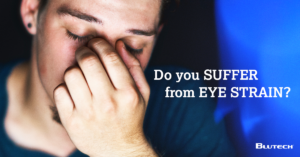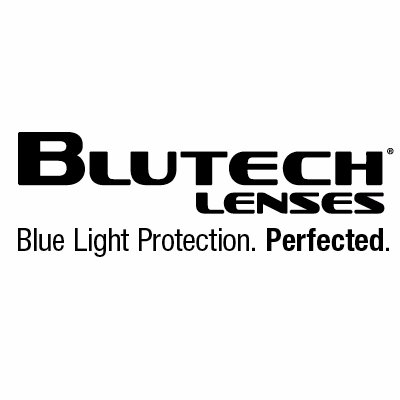Beware of Blue Light
How many hours are you spending in front of digital devices?

In the last 15-20 years, there has been a revolution in lighting and technology. The focus on energy-efficiency has transitioned our homes from use of incandescent bulbs to compact fluorescent lamps (CFLs) and light-emitting diodes (LEDs). Additionally, the use of LEDs has dominated in technology to provide illumination in our TVs, computers, smart phones, and tablets.
Currently, a hot topic in eye care is blue light. Blue light is part of the visible light spectrum, ranging from 400 nm to 500 nm. This is the shortest visible wavelength and therefore provides the highest energy. Blue light regulates the body’s circadian rhythm – our natural wake and sleep cycle. It is beneficial during daylight hours as it boosts alertness, elevates mood, and increases productivity. However, exposure to blue light at night is disruptive to the circadian cycle, which can negatively impact the quality of your sleep and cause daytime fatigue. In the eye, high energy blue light exposure increases oxidative stress on the retina, which can ultimately result in age-related macular degeneration.
The largest and primary source of blue light comes from the sun. However, digital devices with LED back-lighting also emit significant amounts of blue light. This artificial blue light exposure is a concern because our lifestyle revolves around digital screens. Current research studies are investigating the possible long-term damaging effects of the retina from chronic artificial blue light exposure.
How can we protect our eyes? We recommend wearing lenses protective against blue light emitted from digital devices. We offer prescription lenses that protect against harmful blue light. For contact lens wearers or for those who do not require prescription eye wear, we offer impact resistant BluTech lenses that assist in reducing exposure to harmful blue light by up to 46%.
For more information, please schedule an appointment with our office.
